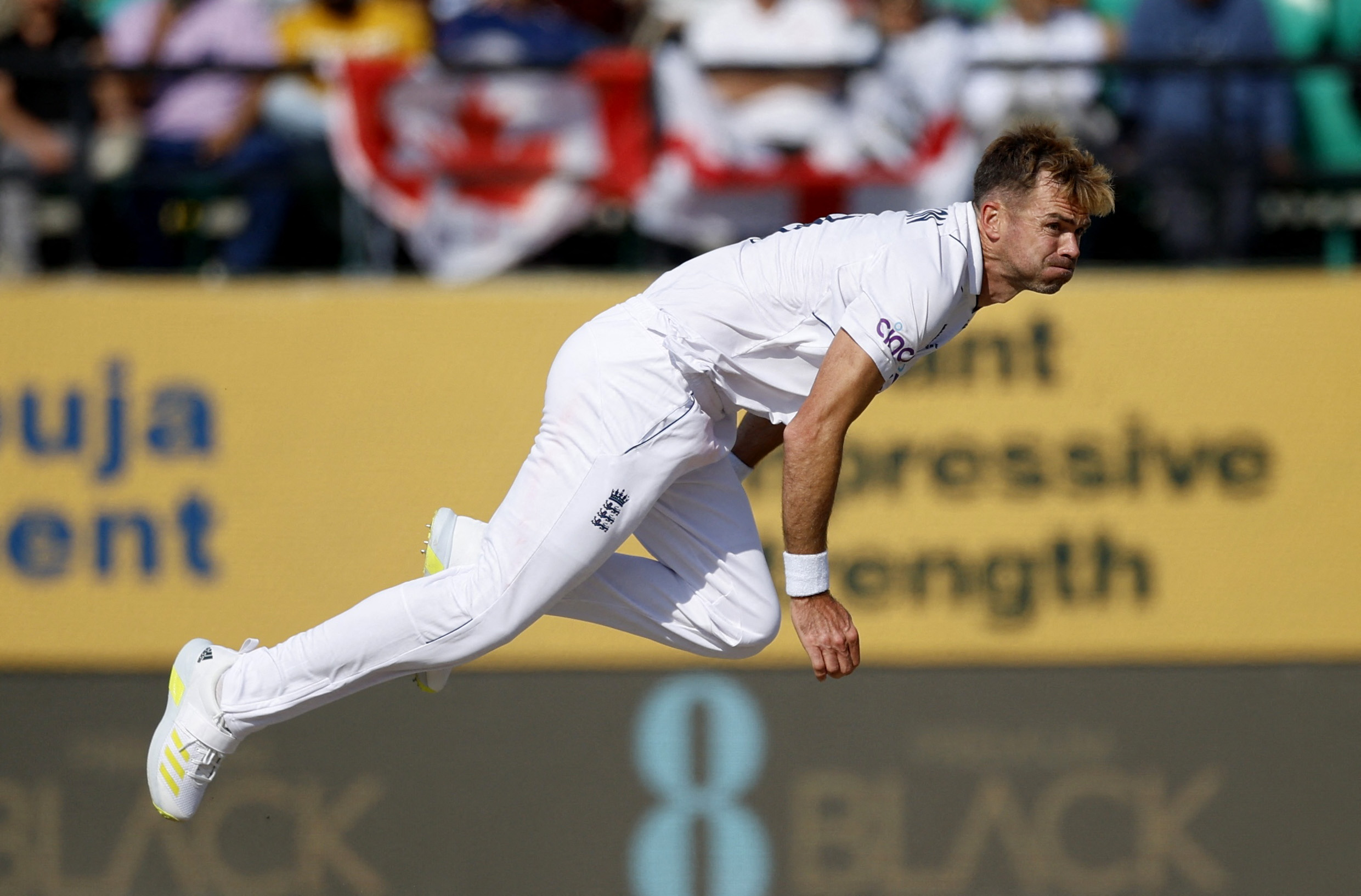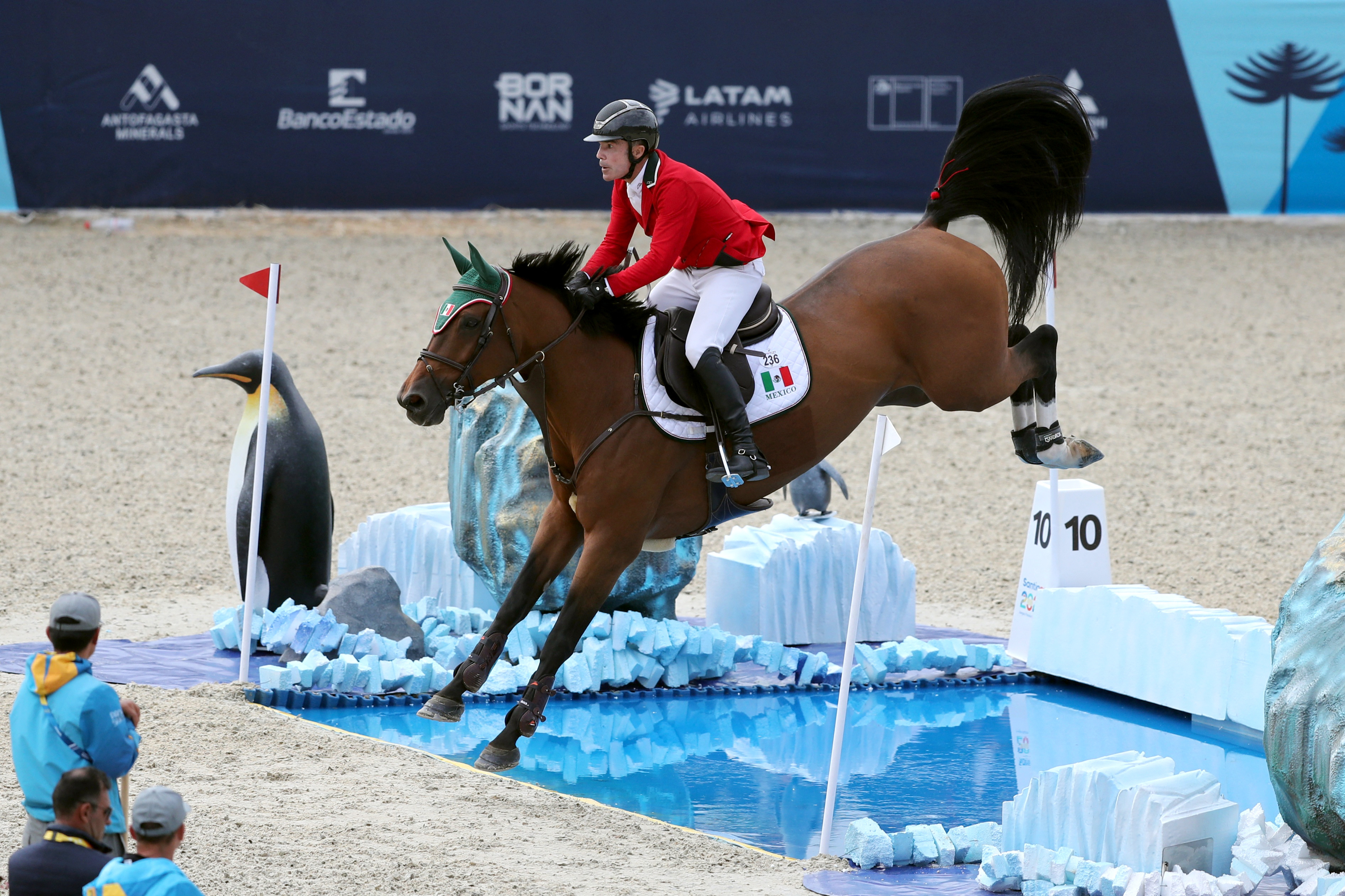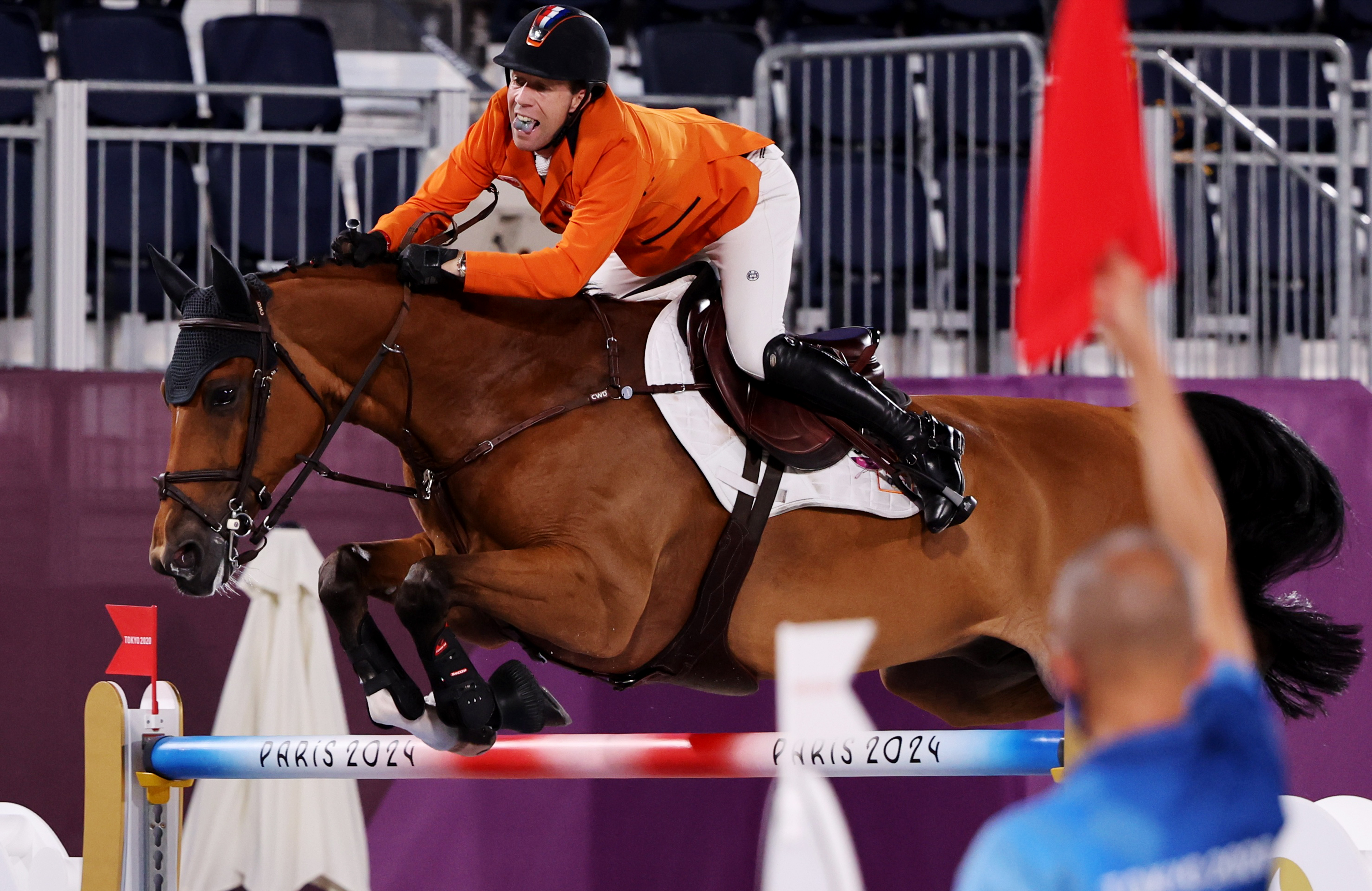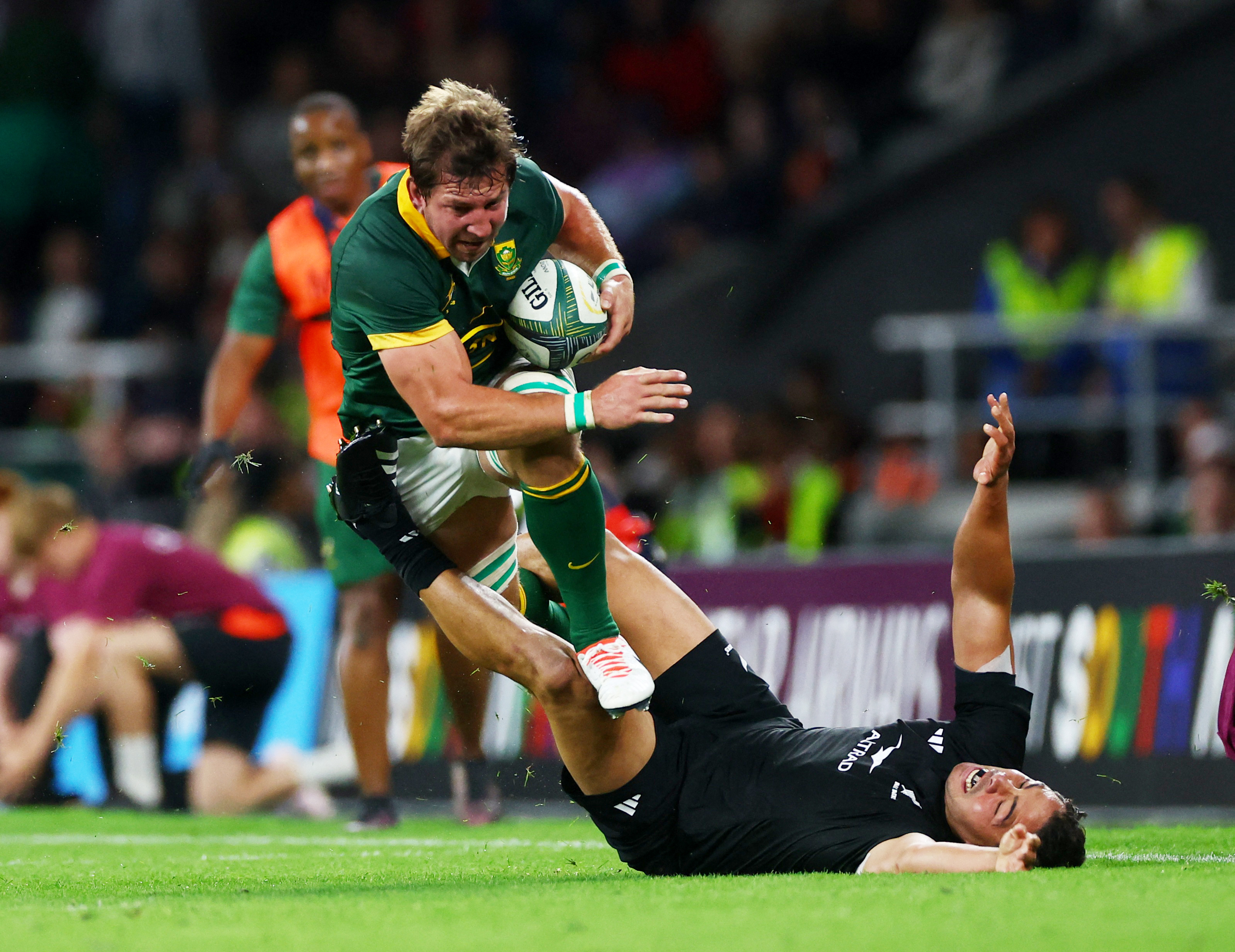Headaches in Sport
Headaches are not considered a prevalent sports injury—in fact, they are not necessarily sports injuries. However, there are instances where headaches are directly related to exertion and physical activity. Samantha Nupen explores the role of the physiotherapist in these cases.
Soccer Football - Premier League - AFC Bournemouth v Newcastle United - Newcastle United’s Joe Willock reacts after the match REUTERS/Dylan Martinez.
There are many reasons an athlete might be experiencing headaches. Dehydration, trauma, TMJ disorders, migraine, or medication side effects. They could be cervicogenic, post-whiplash, tension-type headaches, or headaches due to post-concussion syndrome (PCS). Still, a group of headaches exhibit no clear pathology except that they occur after prolonged exertion or exercise(1).
Headaches associated with physical exertion include headaches precipitated by a Valsalva maneuver like coughing, prolonged physical exercise, sexual activity, and cardiac cephalalgia(2). In 2004, the International Headache Society (IHS) clearly defined and separated these headaches for the first time. Headaches associated with physical exertion and exercise, in particular, are classified as primary exercise headaches. They are defined as a “headache precipitated by any form of exercise in the absence of any intracranial disorder”(3).
Physical exertion headaches are very distressing and affect an athlete’s ability to train and perform. They negatively impact peak performance and mental focus, and some athletes need to curtail their activity or, even worse, give up their sport. This is extremely frustrating, considering the systemic health benefits. For most physical ailments, exercise provides relief and is critical in a holistic management plan, further complicating physical exertion headaches as they create a management conundrum.
Researchers at the University of Gothenburg in Sweden showed that 40 minutes of exercise three times a week results in a greater reduction in migraines than a relaxation program and almost as much as those who took preventive migraine medication daily(4). This is possibly due to an altered migraine-triggering threshold in those who exercise regularly and an increase in beta-endorphins after exercise. The most beneficial exercise is when the anabolic threshold is exceeded, or the exercise duration is 40–50 min three times per week at 60–80% of maximal heart rate. Furthermore, exercise doubles the beta-endorphins, leading to fewer monthly migraine days(5). Exercise may be an option for the prophylactic treatment of migraine in patients who do not benefit from or do not want to take daily medication(4).
Primary exercise headaches account for 1-2% of visits in general neurological clinics and 5,3% in headache clinics. The prevalence in the general population in Norway is as high as 12,3% and in Taiwanese teenagers, as high as 30,4%. The discrepancy between clinic-based stats and the general population is explained by the mild exercise headaches that do not require intervention. The lower rate in adults is possibly due to lower activity levels and poorer recall. Exercise headaches are four times more prevalent in male athletes and occur mainly in a population under 50(2).
Primary exercise headache occurs during the peak of exercise when the resting heart rate doubles for longer than 10 seconds but usually for minutes or even hours. It subsides when the exercise stops but can last 10 minutes to three days. The duration depends on the trigger, with headaches occurring after short bursts of exertion resolving more quickly than those following extended endurance(6). Athletes describe bursting, splitting, explosive, aching, pounding, or throbbing pain that is accompanied by nausea, vomiting, and photo- or phonophobia, just like migraines. They occur bilaterally in 65% of cases, with no other neurological or autonomic symptoms. Therefore, they are differentiated from cluster headaches and trigeminal autonomic headaches(7).
Primary exercise headache occurs more prevalently in hot weather or at high altitudes. Subtypes such as weightlifter’s headache are recognized but not individually classified. Unlike primary cough headaches, triggered by short bursts of Valsalva-like effort, primary exercise headaches are usually precipitated by sustained physically strenuous exercise. Patients experience a few headache attacks over a period of about six months, and 50% of patients have a history of true migraine. The headaches occur in trained and untrained athletes.
On the first occurrence of this type of headache, it is mandatory to exclude subarachnoid hemorrhage, arterial dissection, and reversible cerebral vasoconstriction syndrome and confirm that what the patient is presenting with is, in fact, a primary exercise headache and not a secondary headache. Of patients with acute severe headaches and normal neurologic examination, approximately 15% will have a subarachnoid hemorrhage. This underscores the importance of further investigation because clinicians can only classify them as benign after excluding intracranial pathology. Clearing any sinister causes of headaches is also hugely reassuring to athletes(7).
Red flags which indicate the possibility of a secondary exercise headache are:
• Only one episode,
• Female,
• There are other symptoms and symptoms, such as loss of consciousness and neck rigidity,
• Older than 40-50 years,
• Lasts longer than 24 hours.
Investigations include CT, AngioCT, MRI, and MRA; sometimes, a lumbar puncture may be indicated. Thankfully, 80% of exercise headaches are primary headaches.
Diagnostic criteria for primary exercise headache(3):
A. At least two headache episodes fulfilling criteria B and C,
B. Brought on by and occurring only during or after strenuous physical exercise,
C. Lasting <48 hours,
D. Not better accounted for by another ICHD-3 diagnosis.
The pathophysiological mechanisms underlying primary exercise headaches are unknown. Most investigators believe it is vascular in origin, hypothesizing that venous or arterial distension, secondary to physical exercise, is the pain-inducing mechanism. Patients with primary exercise headaches have a higher prevalence of internal jugular venous valve incompetence (70% compared with 20% of controls). This suggests that intracranial venous congestion due to retrograde jugular venous flow may play a role in the pathophysiology of these headaches(3).
Moreover, when weightlifters perform maximal lifting activities, they can have systolic blood pressure levels of >400 mm Hg and diastolic pressures of >300 mm Hg. Furthermore, angiographic studies in patients with these headaches have demonstrated vasospasm. Combined with these findings, the throbbing nature of these headaches supports the vascular nature of benign exertional headaches(7).
Prevention
Considerations to help prevent exercise headaches:
- Inadequate warm-up may trigger headaches. A 15-minute warm-up of light to moderate intensity prevents the occurrence of exercise headaches and helps to build exercise tolerance.
- Hydration is critical.
- Graded exercise load to avoid excessive exertions without the necessary capacity.
- Incorrect breathing patterns or breath-holding creates internal jugular vein valve incompetence (IJVVI). Athletes at risk of exertion headaches should focus on their breathing patterns when training.
- Avoid training environments that may cause overheating, like poorly ventilated indoor areas, training outside in the midday heat, or wearing heavy clothes.
- Be aware of the effects of exercises at unaccustomed higher altitudes. Altitude acclimatization is critical.
- Stress and inadequate sleep trigger headaches. Athletes must focus on their sleep hygiene.
- Athletes and clinicians must investigate medication side effects to avoid elevating the exercise-induced headache risk.
Physiotherapy Management
Several physiotherapy management strategies are available for athletes, but clinicians must prioritize the assessment to ensure appropriate referral in the presence of red flags. Typically, activity modification and education are the cornerstones of management. Then, clinicians can create interventions targeting specific risk factors that may predispose athletes, such as general postural correction, sport-specific postural correction and correction of muscle imbalances, and motor control rehabilitation.
Up to 30% of patients experiencing exercise headaches complain of neck pain, so manual cervical therapy, such as soft tissue and joint mobilizations, may be useful in managing symptoms(5). Furthermore, clinicians can assess athletes for TMJ dysfunction.
Pharmacology and Surgery(6,8)
Supplements, such as magnesium, riboflavin, and coenzyme Q, may assist in managing and preventing symptoms. Clinicians may prescribe Indomethacin for athletes to use as needed or as prophylaxis 30-60 minutes before exercise. It reduces intracranial pressure as a direct and potent cerebral arteriolar vasoconstrictor and is absorbed 100% within 30 minutes. Other non-selective NSAIDs, like ibuprofen, diclofenac, and naproxen, do not share indomethacin’s cerebral vasoconstrictor effects.
However, long-term Indomethacin use is not advised. Beta-blockers may be prescribed in these cases, considering they may reduce heart rate and exercise tolerance. In cases with high disability and known venous stenosis, direct retrograde cerebral venography with manometry and even stenting.
Conclusion
Physiotherapists play a valuable role in managing exercise headaches, beginning with considered and accurate assessment to ensure that a more sinister reason for the headache is not missed. Once medical considerations are cleared, education is critical to ensuring athlete well-being. Clinicians can use manual therapy and gradual exposure to exercise to manage athletes and allow a total return to sports.
References
1. www.orofacialtherapeutics.com/facial-injuries-in-sports-medicine-2/headaches-resulting-from-playing-sports/#headaches-resulting-from-playing-sports
2. Cephalalgia 2023, Vol. 43(3) 1–10
3. Cephalalgia 2018, Vol. 38(1) 1–211
4. Cephalgia 2011 Oct; 31(14): 1428–1438
5. The Journal of Headache and Pain (2018) 19:83
6. US Pharm. 2017;42(1):33-36
7. Ann Emerg Med. 2003; 41:98-103
8. Current Neurology and Neuroscience Reports (2020) 20:9
You need to be logged in to continue reading.
Please register for limited access or take a 30-day risk-free trial of Sports Injury Bulletin to experience the full benefits of a subscription. TAKE A RISK-FREE TRIAL
TAKE A RISK-FREE TRIAL
Newsletter Sign Up
Subscriber Testimonials
Dr. Alexandra Fandetti-Robin, Back & Body Chiropractic
Elspeth Cowell MSCh DpodM SRCh HCPC reg
William Hunter, Nuffield Health
Newsletter Sign Up
Coaches Testimonials
Dr. Alexandra Fandetti-Robin, Back & Body Chiropractic
Elspeth Cowell MSCh DpodM SRCh HCPC reg
William Hunter, Nuffield Health
Be at the leading edge of sports injury management
Our international team of qualified experts (see above) spend hours poring over scores of technical journals and medical papers that even the most interested professionals don't have time to read.
For 17 years, we've helped hard-working physiotherapists and sports professionals like you, overwhelmed by the vast amount of new research, bring science to their treatment. Sports Injury Bulletin is the ideal resource for practitioners too busy to cull through all the monthly journals to find meaningful and applicable studies.
*includes 3 coaching manuals
Get Inspired
All the latest techniques and approaches
Sports Injury Bulletin brings together a worldwide panel of experts – including physiotherapists, doctors, researchers and sports scientists. Together we deliver everything you need to help your clients avoid – or recover as quickly as possible from – injuries.
We strip away the scientific jargon and deliver you easy-to-follow training exercises, nutrition tips, psychological strategies and recovery programmes and exercises in plain English.










